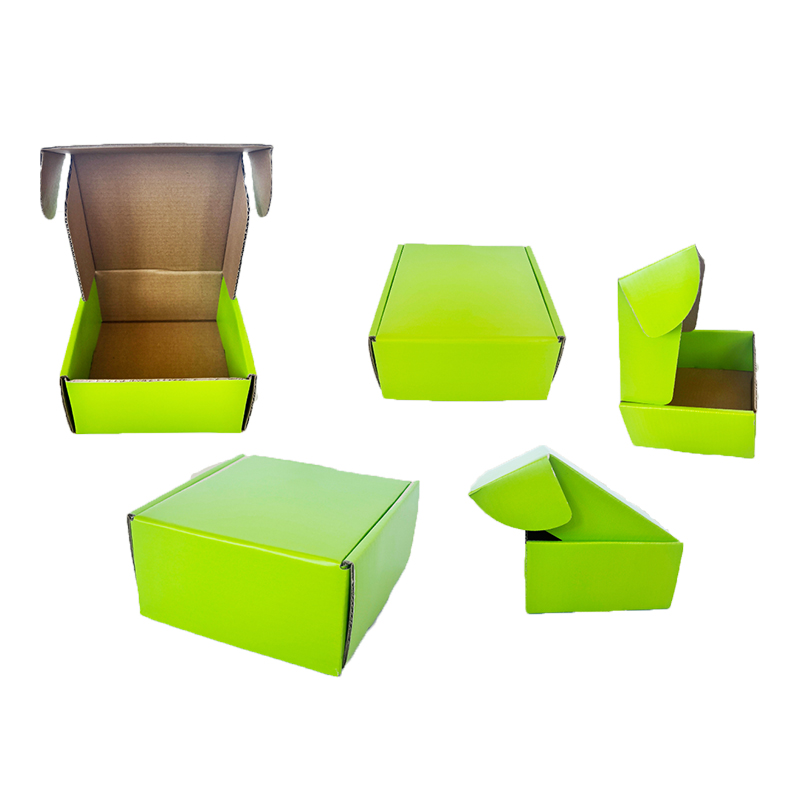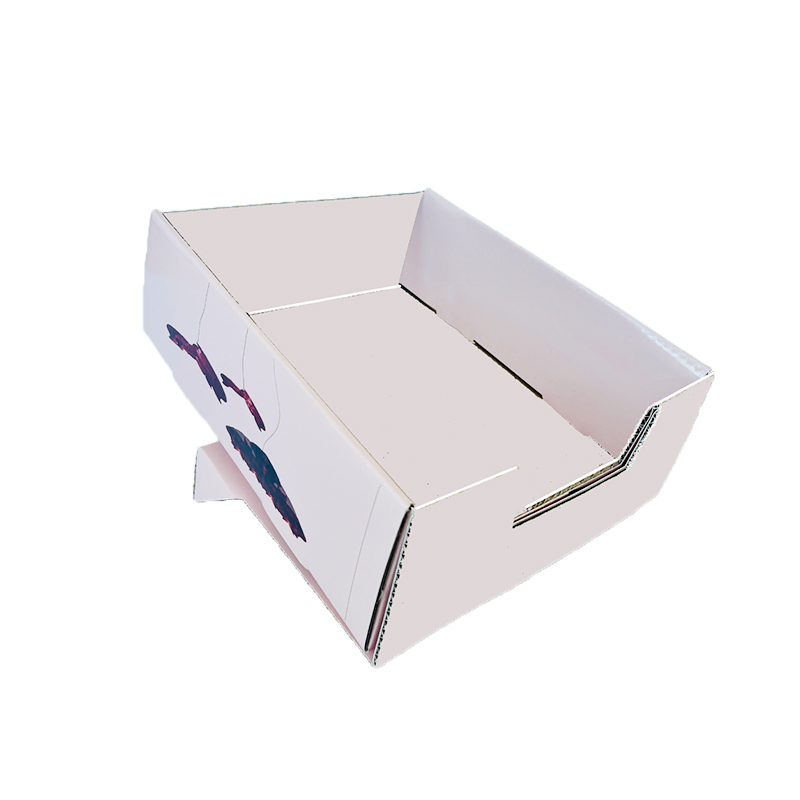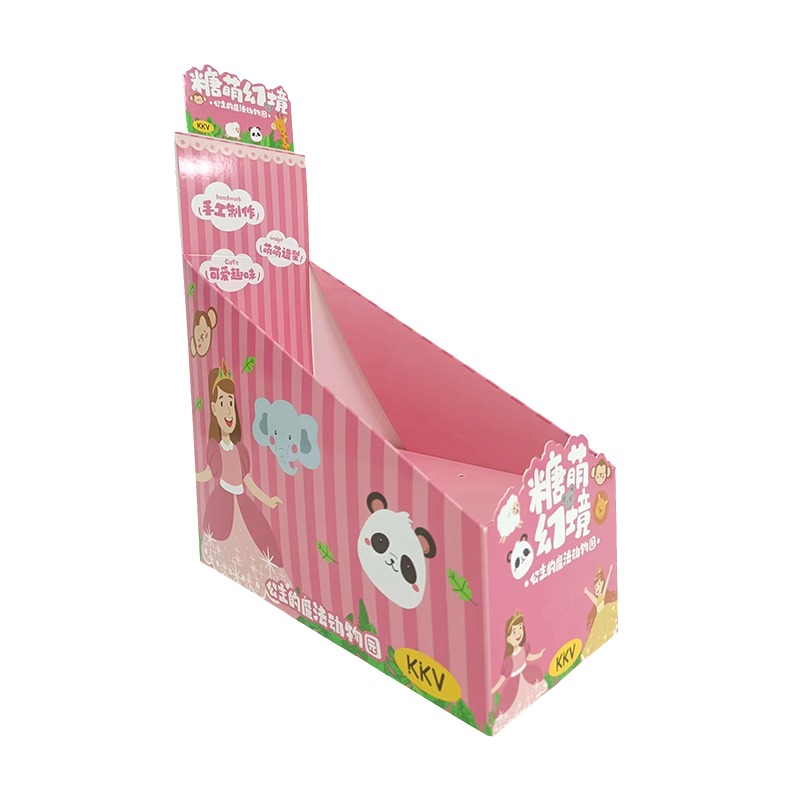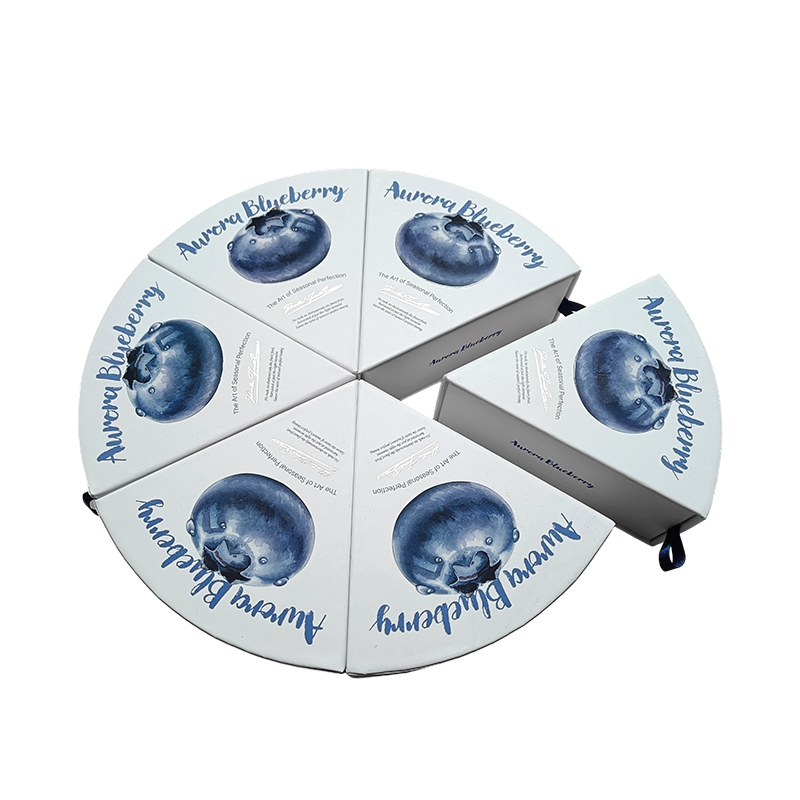In the competitive retail landscape, PDQ display boxes serve as silent salespeople, capturing consumer attention and driving purchase decisions. The effectiveness of these displays hinges on their visual appeal and structural integrity, which are achieved through sophisticated printing and surface treatment processes. This article delves into the common techniques employed in manufacturing, highlighting how each step contributes to creating a high-impact retail presence. Understanding these processes is crucial for brands looking to optimize their custom PDQ box packaging for both aesthetics and functionality.
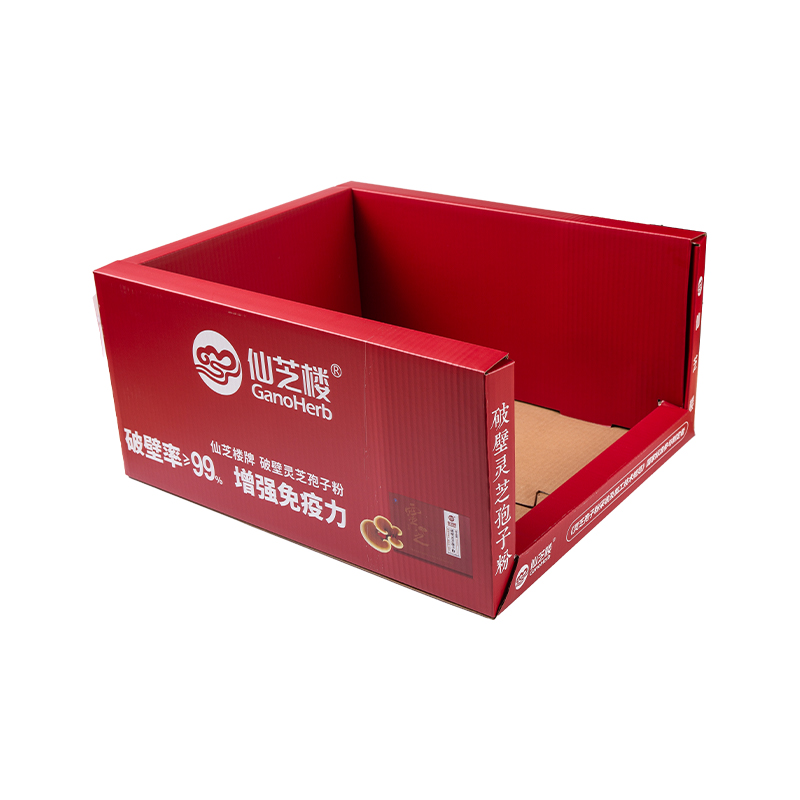
Supermarkets Can Directly Display Product Display Boxes
Fundamental Printing Techniques for PDQ Boxes
The foundation of an eye-catching PDQ box lies in the printing technique chosen. Each method offers distinct advantages in terms of color vibrancy, cost-effectiveness, and suitability for different run lengths. The selection directly impacts the final visual outcome and should align with the brand's design requirements and budget constraints.
- Offset Lithography: Ideal for high-volume orders, this technique delivers superior image quality with sharp details and consistent color reproduction across large batches.
- Flexographic Printing: A versatile and cost-effective method, often used for corrugated materials. It excels in printing solid colors and simple graphics efficiently.
- Digital Printing: Perfect for short runs and prototype PDQ display boxes, digital printing allows for rapid turnaround times and customization without the need for expensive plates.
Comparing Primary Printing Methods
To select the most appropriate printing technique, a comparative analysis of key parameters is essential. The following table outlines the core differences between the primary methods used in PDQ box production.
| Printing Method |
Best For |
Advantages |
Limitations |
| Offset Lithography |
Large quantities, high-detail designs |
Exceptional image quality, color consistency |
Higher initial setup cost, longer lead time |
| Flexographic Printing |
Solid colors, simple graphics, corrugated substrates |
Cost-effective for long runs, fast printing speeds |
Lower detail resolution compared to offset |
| Digital Printing |
Short runs, personalized or variable data |
No plate costs, quick setup, high customization |
Higher per-unit cost for large volumes |
Essential Surface Treatment and Finishing Processes
After printing, surface treatments are applied to enhance durability, tactile feel, and visual impact. These finishes protect the graphics from wear and tear while adding a premium quality that can elevate the brand's perception. A well-executed finish is key to creating a high-quality PDQ display box that stands up to the rigors of the retail environment.
- Lamination: Applies a thin plastic film (gloss, matte, or soft-touch) over the printed sheet. This not only protects the ink from scratches and moisture but also significantly enhances the visual depth and feel of the box.
- UV Coating: A liquid coating applied and then cured with ultraviolet light. It provides a high-gloss, durable surface that resists fading and scuffing, making it ideal for boxes that require a vibrant, glossy look.
- Aqueous Coating: A water-based coating that offers a more environmentally friendly alternative. It provides good scuff resistance and a smooth finish, though it is generally less glossy and protective than UV coating.
Choosing the Right Protective Coating
The choice of coating depends on the desired aesthetic, level of protection, and environmental considerations. This table provides a clear comparison to guide the selection process for your PDQ box packaging.
| Coating Type |
Finish |
Protection Level |
Key Benefit |
| Lamination |
Gloss, Matte, Soft-touch |
Very High (excellent scuff and moisture resistance) |
Superior durability and enhanced tactile experience |
| UV Coating |
High Gloss |
High (excellent scuff and fade resistance) |
High visual impact and a very hard, protective surface |
| Aqueous Coating |
Satin/Semi-Gloss |
Medium (good scuff resistance) |
More eco-friendly, recyclable, and cost-effective |
Specialty Finishes for Maximum Impact
For brands aiming to create a truly unforgettable unboxing experience, specialty finishes add a layer of sophistication and exclusivity. These processes are often used strategically on logos or key design elements to draw the consumer's eye and convey a message of premium quality.
- Spot UV Varnish: This technique involves applying a high-gloss UV coating to specific areas of the design, creating a striking contrast between glossy and matte surfaces. It is highly effective for highlighting text or images.
- Foil Stamping: Using heat and pressure, a metallic or pigmented foil is transferred to the surface. This delivers a luxurious, reflective finish in gold, silver, or other colors, perfect for conveying prestige.
- Embossing/Debossing: These processes create raised (embossed) or recessed (debossed) textures on the cardboard. This three-dimensional effect adds a tactile element that significantly enhances the perceived value of the retail-ready PDQ display.
Structural Design and Durability Considerations
The visual appeal of a PDQ box must be matched by its structural soundness. A well-designed box not only showcases the product effectively but also withstands shipping, handling, and constant customer interaction in a store. This involves careful consideration of materials and construction techniques.
- Material Selection: The choice between cardstock, corrugated cardboard, or specialty papers directly impacts sturdiness and print quality. For heavy products, a thicker, double-walled corrugated board is often necessary for a cost-effective PDQ box that doesn't compromise on strength.
- Die-Cutting: This process uses a custom-made die to cut out specific shapes and windows in the box. It allows for unique designs, product visibility, and precise interlocking tabs that ensure the box assembles easily and remains secure.
- Reinforcement: Critical stress points, such as corners or areas holding heavy items, can be reinforced with additional layers of material or strategic glueing to prevent collapse and extend the display's lifespan.
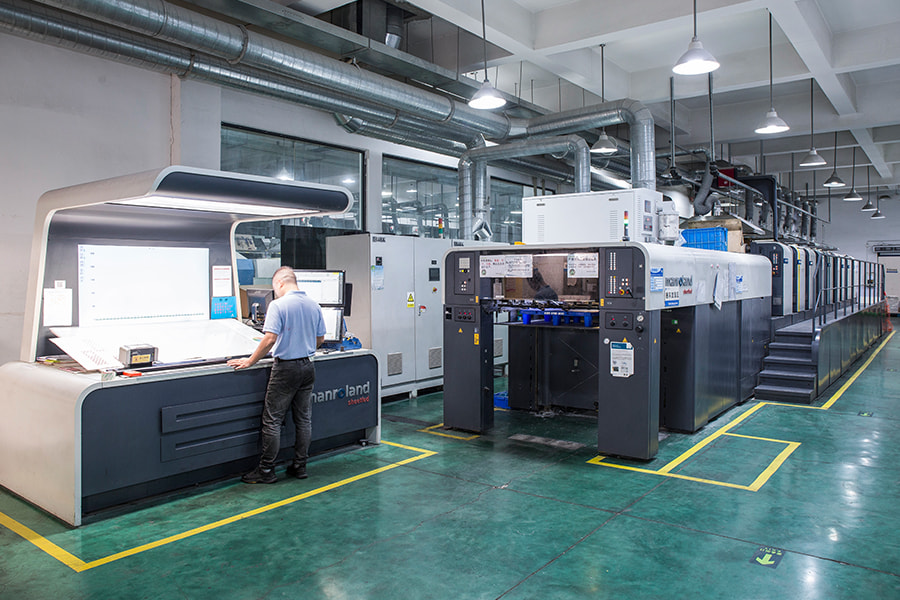
FAQ
What is the typical lead time for manufacturing custom PDQ boxes?
The lead time can vary significantly based on the complexity of the design, the printing and finishing processes selected, and the order quantity. For standard processes, lead times typically range from 2 to 4 weeks. More complex projects involving specialty finishes like foil stamping or intricate die-cutting may require additional time. It's always best to consult with your manufacturer early in the design phase to establish a realistic timeline. For instance, a manufacturer like Suzhou New Century Color Printing Co., Ltd., with its advanced equipment and sound management system, can often streamline this process for efficiency.
How can I ensure my PDQ box design is both eye-catching and cost-effective?
Balancing visual impact with budget involves strategic choices. Opt for a single, bold brand color and utilize the natural kraft color of the corrugated board as part of the design. Focus expensive specialty finishes, like spot UV or foil, on your logo or a key graphic element rather than the entire surface. Also, discuss standard die-cut designs with your manufacturer, as these can be more cost-effective PDQ box solutions than fully custom shapes. A knowledgeable supplier can guide you toward materials and processes that deliver maximum appeal without unnecessary expense.
What are the most durable surface treatments for high-traffic retail environments?
For displays that will be frequently handled or are in high-risk environments, lamination is the most durable option. It provides a robust barrier against scuffs, moisture, and general wear and tear. A matte or soft-touch lamination can also help resist fingerprint smudges. For a glossy finish that is also highly durable, a heavy-duty UV coating is an excellent alternative. When high-quality PDQ display box longevity is a priority, investing in these superior protective coatings is essential.
Can PDQ boxes be made from eco-friendly materials?
Absolutely. The demand for sustainable packaging is growing. Many manufacturers now offer options such as recycled corrugated cardboard, paperboard from sustainably managed forests (FSC-certified), and water-based inks and aqueous coatings. When sourcing your custom PDQ box packaging, inquire about the environmental certifications of the manufacturer, such as ISO 14000 for environmental management, to ensure your packaging aligns with your brand's sustainability goals.
What information should I provide to get an accurate quote for PDQ boxes?
To receive a precise quotation, you should be prepared to provide the following details: desired quantity, overall dimensions (length, width, height), preferred material and thickness, number of colors in the design, specific printing and finishing techniques required, and any special structural features like die-cut windows or handles. Providing a visual mock-up or design file will also help the manufacturer understand your vision for the retail-ready PDQ display and give you the most accurate cost estimate.


 Français
Français Español
Español عربى
عربى

